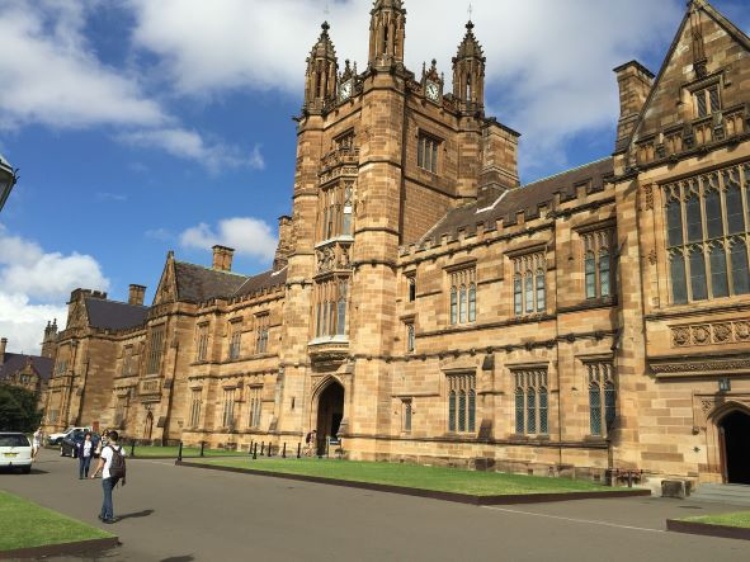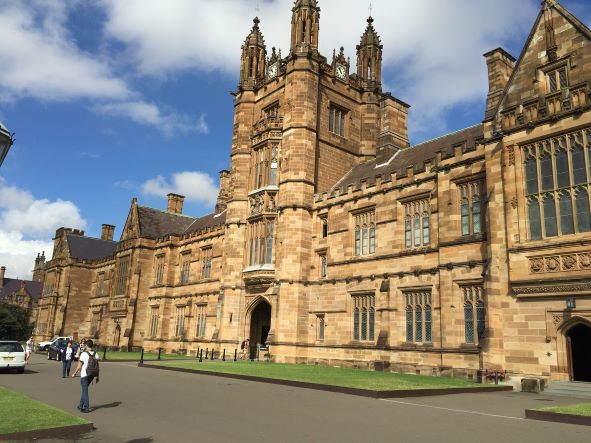The annotation, discovered to be a death notice, was written above a sketch of the Madonna with Child in red chalk.
The sketch is thought to have been done by Italian Renaissance artist Giorgio Barbarelli, commonly known as Giorgione due to his physical strength; the suffix “-one” meaning “big” in Italian.
The translated inscription reads:
“On the day of 17 September, Giorgione of Castelfranco, a very excellent artist died of the plague in Venice at the age of 36 and he rests in peace.”
Information about Giorgone’s life is fragmentary at best and it is hoped this new discovery could reveal the painter’s relationships with his contemporaries and shed new light on the life of the celebrated Venetian artist.
These findings will be discussed at an upcoming seminar organised by the Department of Italian at the University of Sydney, the Fisher Library and the Italian Cultural Institute (IIC) in Sydney, which will be held online in Italian.
The works will be discussed by Jaynie Anderson, Professor Emeritus in Art History at the University of Melbourne, who is a leading expert on Giorgione’s paintings.
Anderson will contextualise the value of the discovery, which will be followed by a brief welcome from Lillo Guarneri, the director of the IIC in Sydney, and Philip Kent, the director of the Fisher Library.
“We’re extremely grateful to the academic community for their contributions in helping us understand our very special 1497 Dante work, the Giorgione drawing and inscriptions,” Kent said.
“While it has changed Dante scholarship considerably, there are so many unknowns and other mysteries about this amazing work.
“Who owned the book? Who had access to this edition? How did it get to Sydney?
“I’m excited to hear the collective wisdom of our august panel, to learn about related developments in Giorgione studies and to help us plan further projects to solve the many unanswered questions.”
Francesco Borghesi, the director of the Department of Italian at the University of Sydney, will moderate the discussion, and will be joined by panellists John Gagné and Nerida Newbegin.
Internationally renowned archaeologist and historian, Salvatore Settis, and well-known palaeographer, Giulia Ammannati, will also participate in the seminar, live from Italy.
For more information or to register, visit the website.











